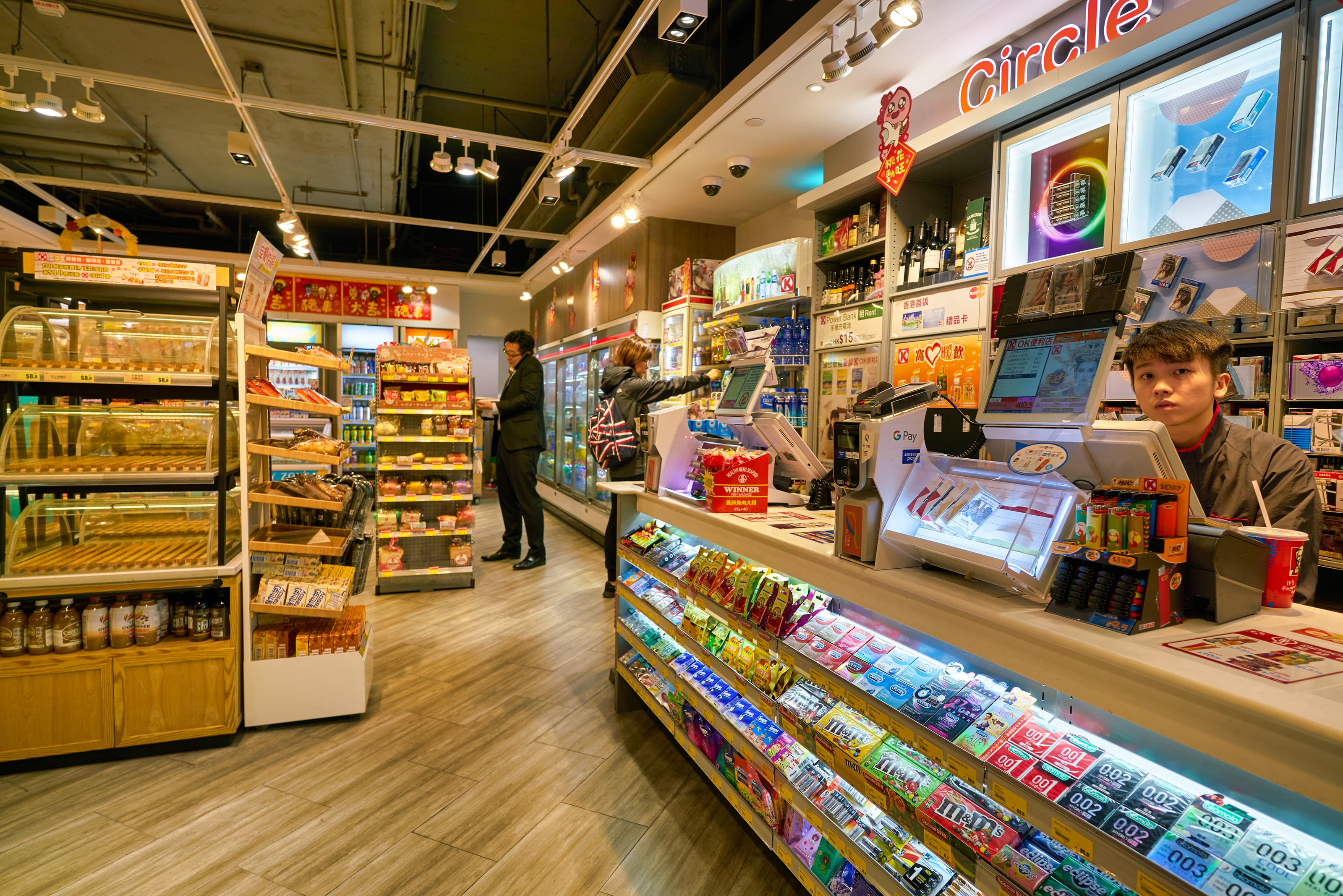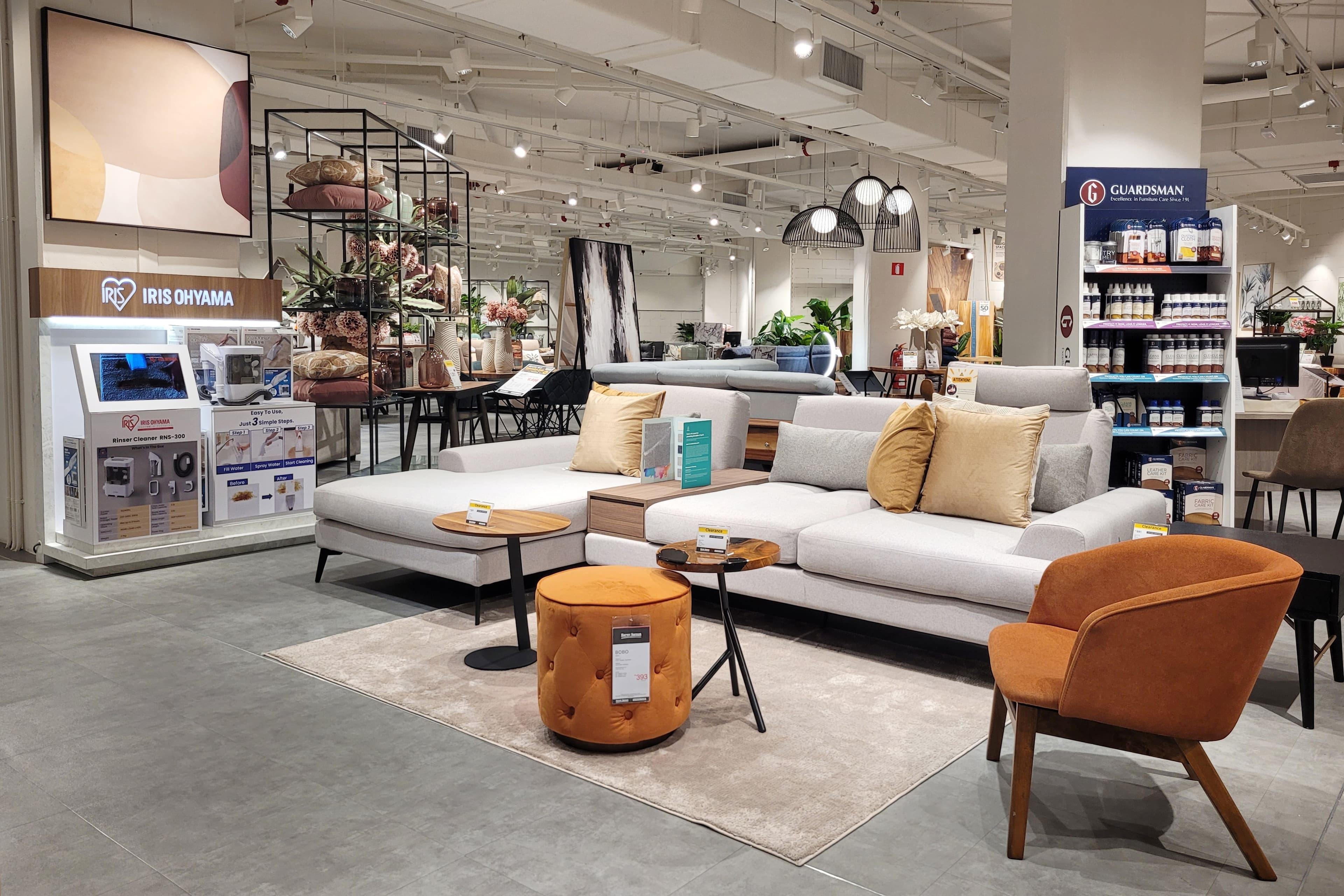Retail Market Research for Opening Your First Store

On this page
In order to win over your customers, you need to offer them more than competitive prices. Their buying decisions heavily depend on factors like brand differentiation, reputation, and customer-oriented policies. This is exactly what every retailer just starting out needs to have in mind. However, to understand your role in the industry and adapt both your products and marketing campaigns to your customers' needs, you first need to do a thorough retail market research.
Here is how to do so.
What is Market Research and How is it Important for your Store?
Market research is defined as the data you gather about the industry you're about to enter, your competitors and your target audience. This is one of the most significant ways to make retail partnerships, offer functional products, create an effective marketing strategy, establish competitive prices, and develop your unique selling proposition. In other words, market research keeps you on track and enables you to focus on the important aspects of both your physical and online stores.
How to do a Retail Market Research?
There are two basic types of retail market research- primary and secondary. Primary is based on the data you've gathered yourself over time. It requires taking different approaches to collect information, such as online and offline surveys, in-depth customer interviews, consumer reviews, focus groups, sales records and your employees' feedback. On the other hand, doing secondary research means analyzing case studies, industry trends and other reports relevant to your business, done by someone else.
However, both these types of analyses share a common goal - to help you understand the industry you're about to enter. There are three crucial objectives of every effective retail market research - industry knowledge, in general, target segmentation and competitor analysis. Let's analyze each of them separately.
Collect Information on your Industry
To determine whether there is a place in the market for the type of store you want to open, you need to do a thorough research on your industry. This way, you will see how big the market is and how fast it is expanding or shrinking. To answer these questions, you need to pay attention to the secondary sources of information, such as trade journals, research companies, local government data and research hubs.
While local government data should give you an insight into the particular area of your niche, high-level market statistics gathered from organizations, trade publications, and research hubs will show the overall state of the market. Always use multiple resources for your research to make sure that the data you've gathered is relevant, valid and, above all, accurate.
Know who your Customers are
To deliver a personalized approach and address to your customers' needs and preferences effectively, you need to get to know them at a deeper level. The best way to do that is to build your buyer personas. There is a plethora of factors you need to take into consideration. For example, you need to consider both demographic data such as age, race, sex, education, and income, and psychographic information on your consumers, including their personality, values, beliefs, lifestyle, and values.
Research your Competition
Competitive research is crucial for building a store that stands out. The first step towards this is to identify your competition. Once you determine who your competitors are, you need to pay attention to a few vital things, including the quality of the products they sell, the number, productivity and motivation of their staff, the overall design of both their online and offline store and their marketing efforts.
Only by determining the strengths and weaknesses of your competition will you be able to deliver a personalized approach, offer better customer services, avoid the most common mistakes your competitors make and, in this way, gain a competitive edge.
Logically, the next step is the analysis of your own company based on the above mentioned data. Here, you can apply the SWOT (strengths, weaknesses, opportunities, threats) approach. You need to keep track of each of these aspects and analyze the course of action for each of them. Find a way to maximize your strengths and opportunities, as well as to reduce your weaknesses and threats.
What Tools to Use?
Conducting a detailed retail market research is a daunting task that requires investing a great deal of effort. To make it simpler, you need to implement a set of adequate market research tools into every segment of this process. The implementation of such research tools plays an integral role in both opening a brick-and-mortar store and building an e-commerce website to support it.
Similarly to attracting customers to your physical store, driving more traffic to your website and boosting conversion rates requires you to base your internet business ideas on market analysis and case studies on your industry customers and competitors.
Here are some of the most effective market research tools.
Market research tools: There are a wide range of platforms, including FedStats, Nielsen, Claritas MyBestSegments, SurveyMonkey and Survata that provide you with fresh data and updates on your industry, giving you a clear image of where, when and how to launch your retail startup.
Customer targeting tools: The best way to collect this information is through surveys, interviews and focus groups. Fortunately, the rise of market research tools has made this process much simpler to you. Platforms like American FactFinder, Think with Google: Marketer's Almanac, and MakeMyPersona will give you the invaluable information on your consumers and their buying habits.
Competitor analysis tools: Country Business Patterns provides you with the data on the areas of the country with large numbers of certain types of businesses. Additionally, Business Dynamics Statistics draws census data and helps you see economic data on job creation, startups and shutdowns, business openings, expansions, and closures.
Use Social Media Monitoring to Generate Instant Feedback
Apart from serving as a brilliant digital marketing technique, social networks are also invaluable market research tools. By being active on these platforms, you will be able to get users' instant feedback on your brand and products, as well as monitor their discussions about your competitors. When executed properly and combined with the tools listed above, social media will help you provide your consumers with real-time customer service and develop an authentic, omnichannel user experience.
Of course, this is something you don't have to do manually. Namely, you can automate this process by using a plethora of social media monitoring tools like Topsy, SocialMention, HootSuite and Talkwalker Alerts.
Conclusion
Always keep in mind that that the retail market constantly evolves and expands. In order to be on top of it, you need to keep track of these changes and conduct your research regularly. Even though this might seem like a never-ending process to you now, it will pay off in the long run, resulting in better conversion rates and higher ROI.
About the writer:Emma Miller is a Sydney-based writer with a degree in marketing. Interested in digital marketing, social media, start-ups and latest trends, Emma's a contributor at Bizzmark blog.
Join the #retail, #inspiringretail and #SmartStore conversations on Twitter @emma_k_miller & @RetailNext, as well as at www.facebook.com/retailnext.
About the author:

Emma Miller




